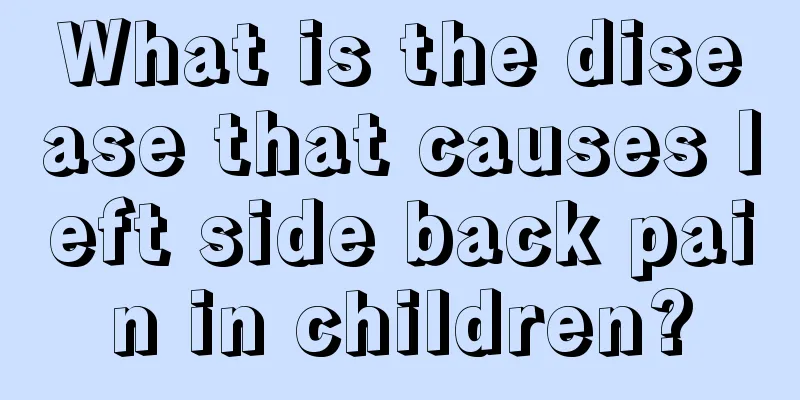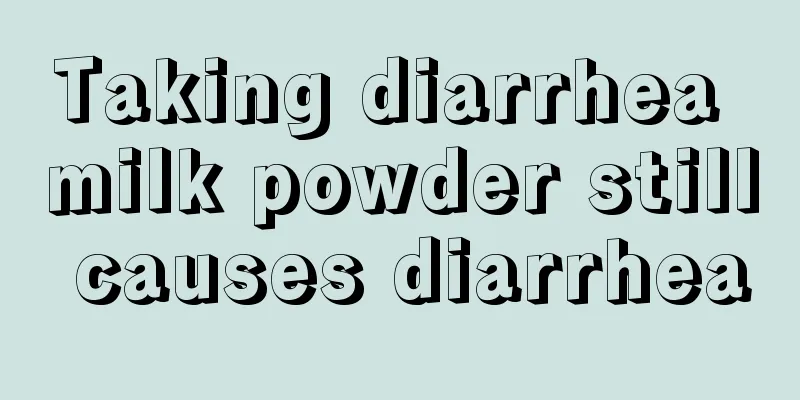What is the disease that causes left side back pain in children?

|
Generally speaking, when a person says he or she has back pain, most of the time it is an adult; children rarely say they have back pain. Because minors need to work every day, the things they may do during work may cause damage to the waist, which in turn causes low back pain, especially for those who engage in physical labor. Of course, some children may experience back pain. So, why do children have back pain on the left side? Kidney stones (renal calculi) are caused by the abnormal accumulation of crystalline substances (such as calcium, oxalic acid, uric acid, cystine, etc.) in the kidneys. They are a common and frequently occurring disease of the urinary system. They occur more frequently in men than in women and mostly in young and middle-aged people. There is no significant difference in the incidence rate between the left and right sides. 90% of them contain calcium, of which calcium oxalate stones are the most common. 40% to 75% of patients with kidney stones experience varying degrees of low back pain. The stones are large and have little mobility, which can cause soreness and discomfort in the lower back, or dull or aching pain when physical activity increases. Colic caused by smaller stones often occurs suddenly and is characterized by severe, paroxysmal pain in the waist and abdomen, like a knife cutting. Stones can occur in any part of the urinary system but often begin in the kidneys. When kidney stones are formed, they are mostly located in the renal pelvis or calyces and can be discharged into the ureter and bladder. Almost all ureteral stones come from the kidneys. Clinical manifestations The symptoms of kidney stones depend on the size, shape, location, and presence of complications such as infection and obstruction. Most people with kidney stones have no symptoms unless the stone falls from the kidney into the ureter and blocks the flow of urine through the ureter. Common symptoms include lumbar and abdominal cramps, nausea, vomiting, irritability, abdominal distension, hematuria, etc. If combined with urinary tract infection, symptoms such as chills and fever may also occur. Acute renal colic often causes unbearable pain to patients. 1. Asymptomatic Small stones with smooth surfaces can be excreted in the urine without causing obvious symptoms. Stones that are fixed in the renal pelvis or lower renal calyx and are not infected may also not cause any symptoms. Even large staghorn stones may not cause obvious symptoms for a long time, or may only cause mild discomfort or soreness in the kidney area, if they do not cause obstruction or infection of the renal calyx or renal pelvis. 2. Pain (1) Distending pain or dull pain is mainly caused by large stones compressing, rubbing or causing water accumulation in the renal pelvis or calyx. (2) Colic It is caused by smaller stones moving in the renal pelvis or ureter, irritating the ureter and causing spasm. The pain often occurs suddenly, starting from the back, waist or ribs, radiating along the ureter to the lower abdomen, inner thighs, and vulva, and may be accompanied by difficulty urinating, nausea and vomiting, profuse sweating, etc. 3. Hematuria Hematuria is often accompanied by pain. Sometimes the patient has no pain, only hematuria or very little blood that cannot be seen with the naked eye. Physical examinations usually include a urine test, and the sediment after centrifugation of the urine is examined under a microscope. If an excessive number of red blood cells is seen, it means hematuria, which is sometimes an early sign of kidney stones. 4. History of stone removal When pain and hematuria occur, sand or small stones may be excreted in the urine. When the stone passes through the urethra, there is blockage of urine flow and a stinging sensation in the urethra. After the stone is excreted, the urine flow immediately resumes and the patient feels relaxed and comfortable. 5. Symptoms of infection When combined with infection, pyuria may occur, and during acute attacks, there may be symptoms of chills, fever, back pain, frequent urination, urgency, and pain when urinating. 6. Renal insufficiency Obstruction caused by kidney stones on one side may cause hydronephrosis and progressive renal dysfunction on that side; obstruction caused by bilateral kidney stones or solitary kidney stones may develop into renal insufficiency. 7. Urinary retention Bilateral renal stones causing urinary tract obstruction on both sides, solitary kidney or only functional kidney stone obstruction may cause urinary retention, and reflex urinary retention may occur on the other side if one side is obstructed by a renal stone. 8. Lumbar mass When severe hydronephrosis is caused by stone obstruction, a mass may be felt in the waist or upper abdomen. |
<<: Why does my child's nose always bleed?
>>: Why do white spots appear on baby’s face?
Recommend
What to do if your child has no patience
The pace of social life and work is now relativel...
How to massage baby's tear glands
The lacrimal gland is an organ that secretes tear...
What to do if your child has tonsillitis and fever
We all know that it is common for children to get...
How to treat children's throat suppuration?
If children do not pay attention to their diet or...
How to regulate internal heat in infants
Internal heat in babies is quite common in daily ...
How to deal with children’s fever and chills?
What parents are most worried about is their chil...
Introduction to childhood mania
Childhood mania. In the rapidly developing 21st c...
What medicine should children take for fever and vomiting?
It is very common for children to have a fever, w...
Will long-term diarrhea in babies cause blood in the stool? How to treat it?
In July and August after birth, many babies are j...
Can children use essential oil?
Fengyoujing is a commonly used medicine, but it a...
How to massage damp-heat in children
Damp-heat in children is not a good phenomenon, a...
What should children drink to grow taller
Although we all know that how tall a person can g...
What to do if your child always loses temper?
It is inevitable that children will lose their te...
How much milk should a two-month-old baby have?
After the baby is born, the brain and body begin ...
How to treat blisters in children’s throat?
Children in childhood have relatively poor physic...









